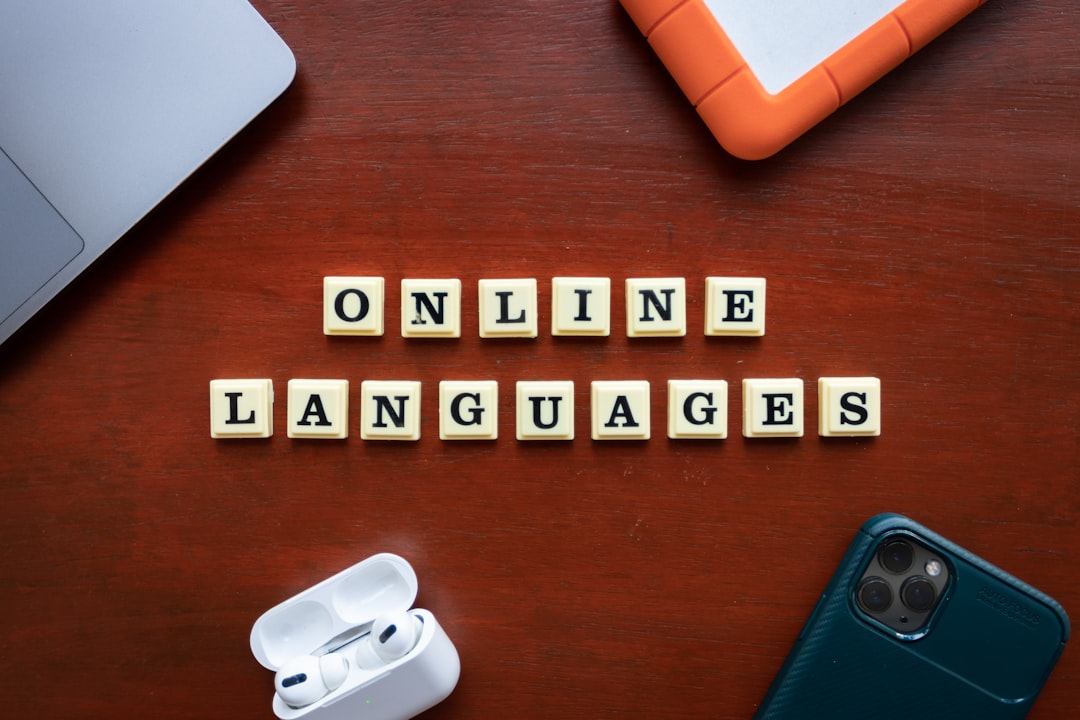In a rapidly globalizing business landscape, enterprises in 2025 are relying increasingly on AI-powered translation solutions to overcome linguistic barriers and expand their reach. With advancements in neural machine translation and natural language processing (NLP), AI translation has become far more accurate, contextual, and scalable than ever before.
Whether companies are engaging in cross-border communications, localizing content, or providing multilingual customer support, AI translation tools offer efficiency, consistency, and cost savings. This guide explores how enterprises can effectively implement AI translation and unlock its full potential.
Why AI Translation Matters for Enterprises
Enterprises today operate in a milieu where communicating effectively with global partners, stakeholders, and customers is vital. Traditional translation methods—manual and resource-heavy—can no longer keep up with the speed and volume of business communication. That’s where AI translation steps in.
- Speed: AI can translate millions of words within seconds, significantly outpacing human translators.
- Cost-efficiency: Reduces reliance on large translation teams and repeated manual corrections.
- Scalability: Suitable for enterprises that need to translate large volumes of content consistently across multiple languages.
- Consistency: Ensures unified terminology and tone across multiple channels and materials.

Top Use Cases for Enterprise AI Translation
AI translation solutions are not one-size-fits-all. Enterprises use them in several tailored ways depending on their specific business requirements:
- Website localization: Translate websites into multiple languages for broader audience reach and improved UX.
- Customer support: Use AI-powered chatbots to provide multilingual support efficiently.
- International marketing: Tailor campaigns for various regions by quickly adapting copy and multimedia content.
- Internal communication: Foster clearer communication between global teams across time zones.
- Document processing: Automatically translate contracts, manuals, and training materials with high accuracy.

Choosing the Right AI Translation Platform
When selecting a translation platform, it’s important for enterprises to evaluate several factors to ensure performance and alignment with their goals:
- Language pair support: Does the platform cover all the languages your business needs to operate in?
- Customization capabilities: Look for AI models that can be trained on your domain-specific vocabulary and tone.
- Integration: Choose a platform that can integrate with your existing CMS, CRM, and internal systems.
- Security and compliance: Ensure the platform supports data encryption and privacy compliance (e.g., GDPR, CCPA).
- Post-editing tools: Human-in-the-loop editing features can significantly enhance output quality when needed.
Human vs. AI Translation: Can They Coexist?
Rather than replacing human translators, AI works best when it complements them. Enterprises often adopt a hybrid model, where AI handles initial drafts and humans perform post-editing for critical content, such as legal documents or nuanced marketing materials. This synergy can dramatically accelerate turnaround times while maintaining high-quality output.
Future Trends in Enterprise AI Translation
As AI translation matures, several emerging trends are redefining enterprise translation strategies:
- Real-time speech translation: Perfect for international meetings and live customer interactions.
- Multi-modal translation: Translating text, image, and voice inputs simultaneously.
- Emotion and intent detection: Future AI tools will better understand sentiment and adjust wording accordingly.
- More nuanced cultural localization: Beyond words, AI will adapt metaphors, idioms, and even humor based on target audiences.
Conclusion
For enterprises aiming to scale globally in 2025 and beyond, AI translation is not just a technological add-on—it’s a strategic cornerstone. By leveraging sophisticated translation platforms, businesses can unlock new markets, improve customer satisfaction, and streamline internal workflows, all while maintaining linguistic and cultural accuracy.
Frequently Asked Questions (FAQ)
- What is AI translation?
AI translation uses artificial intelligence technologies like machine learning and NLP to automatically translate text and speech between languages with minimal human intervention. - Is AI translation accurate?
AI translation has improved significantly in accuracy due to neural translation models, especially when tailored to specific industries or use cases. - Can AI translate technical or legal documents?
Yes, but post-editing by human experts is often recommended to ensure precision and compliance. - How does AI translation compare with traditional translation?
AI is faster and more cost-efficient for large-volume tasks, while traditional translation may still excel in nuanced or emotional content. - Can AI translation integrate with CRM and CMS systems?
Most leading AI translation platforms offer APIs and plugins for seamless integration into CRMs, CMSs, and help desk software.